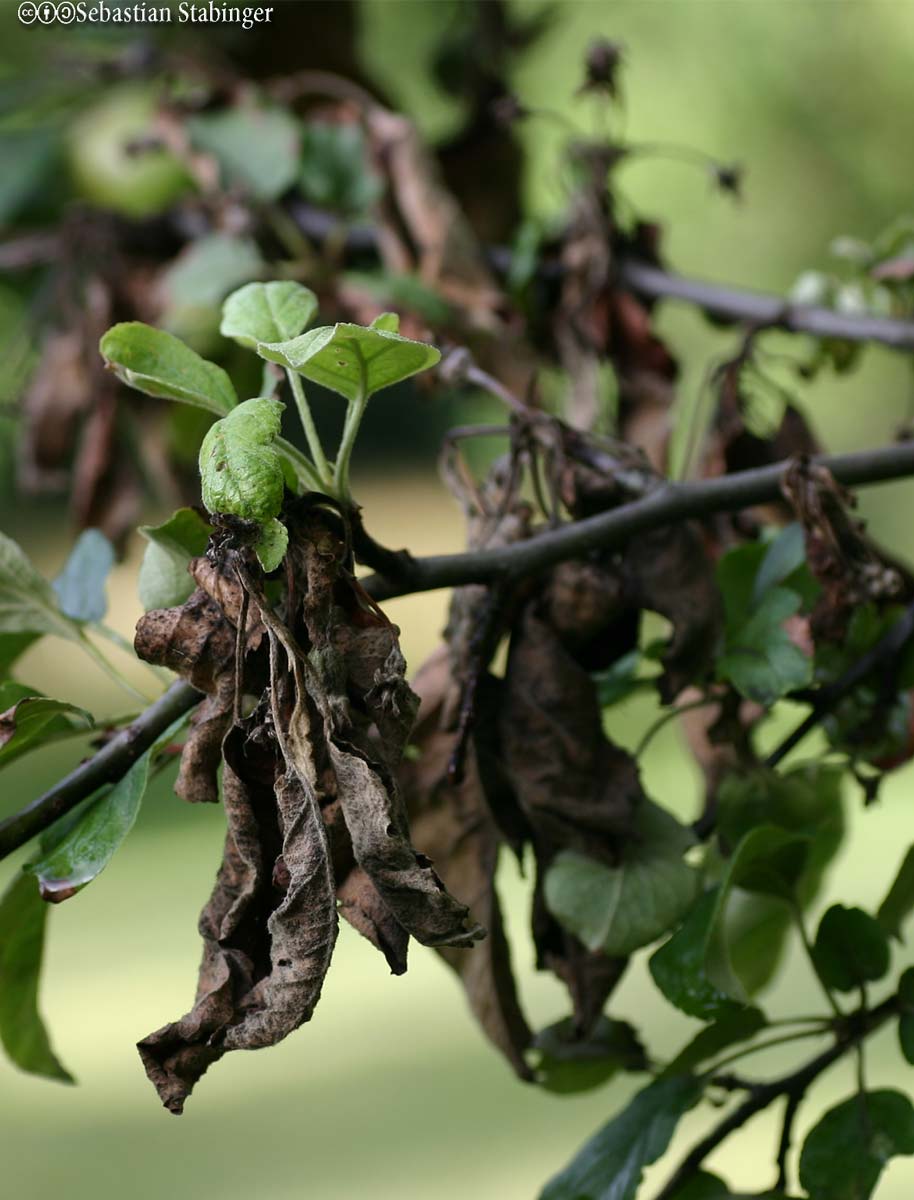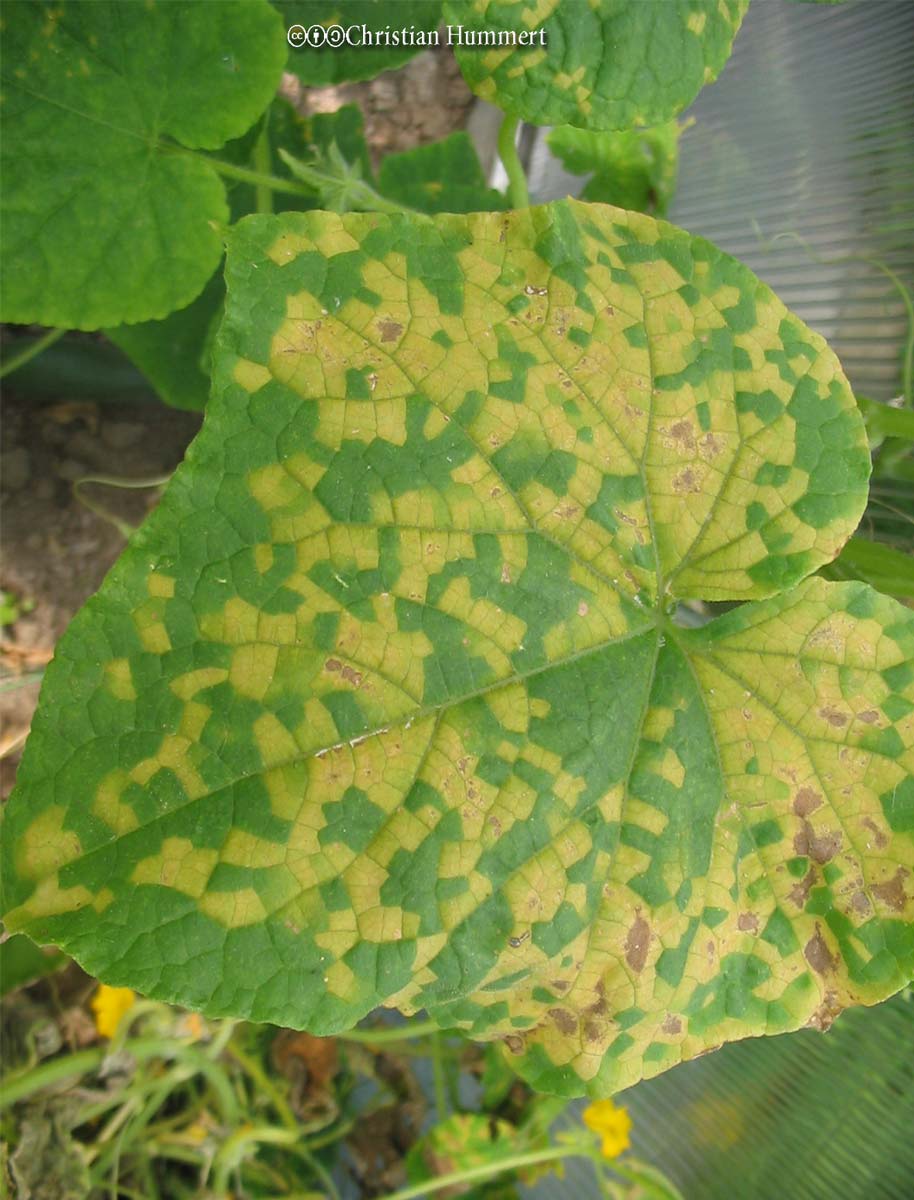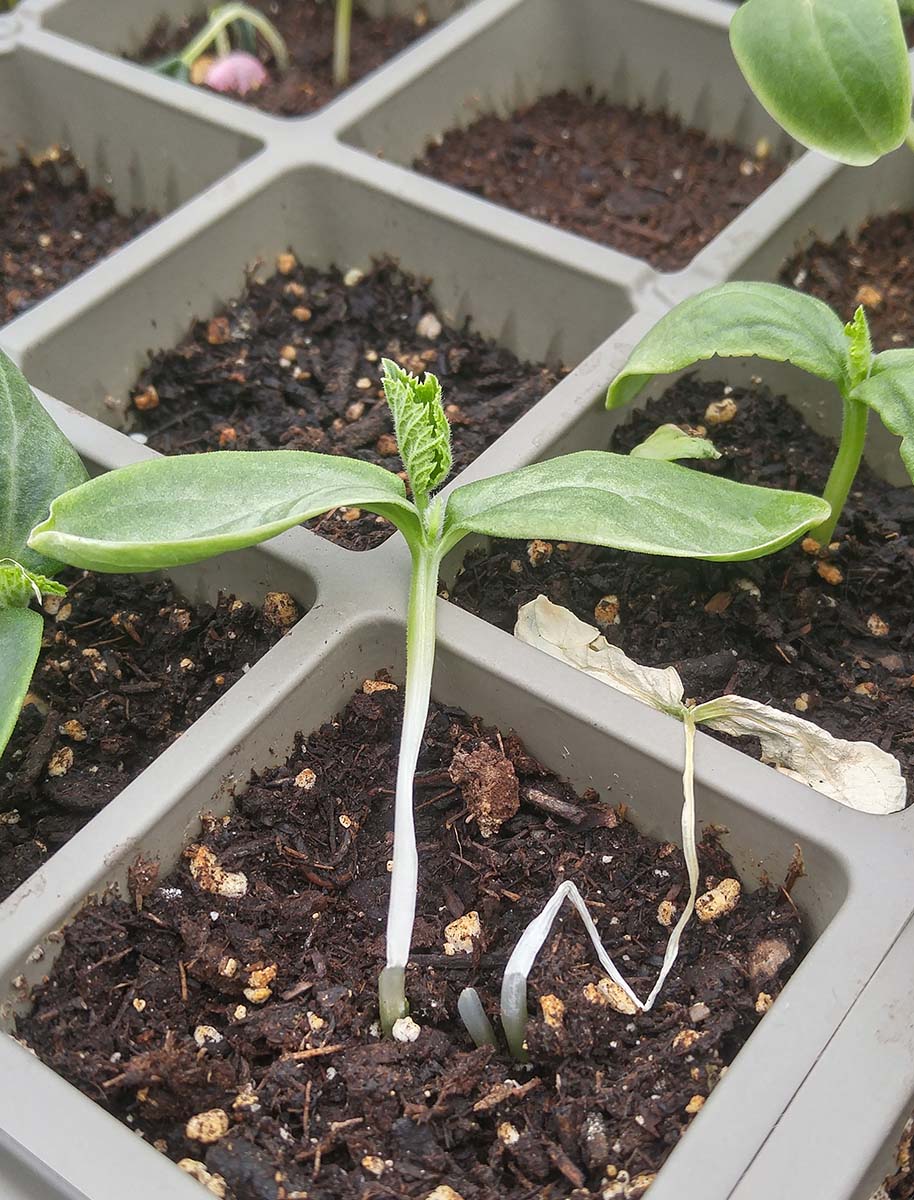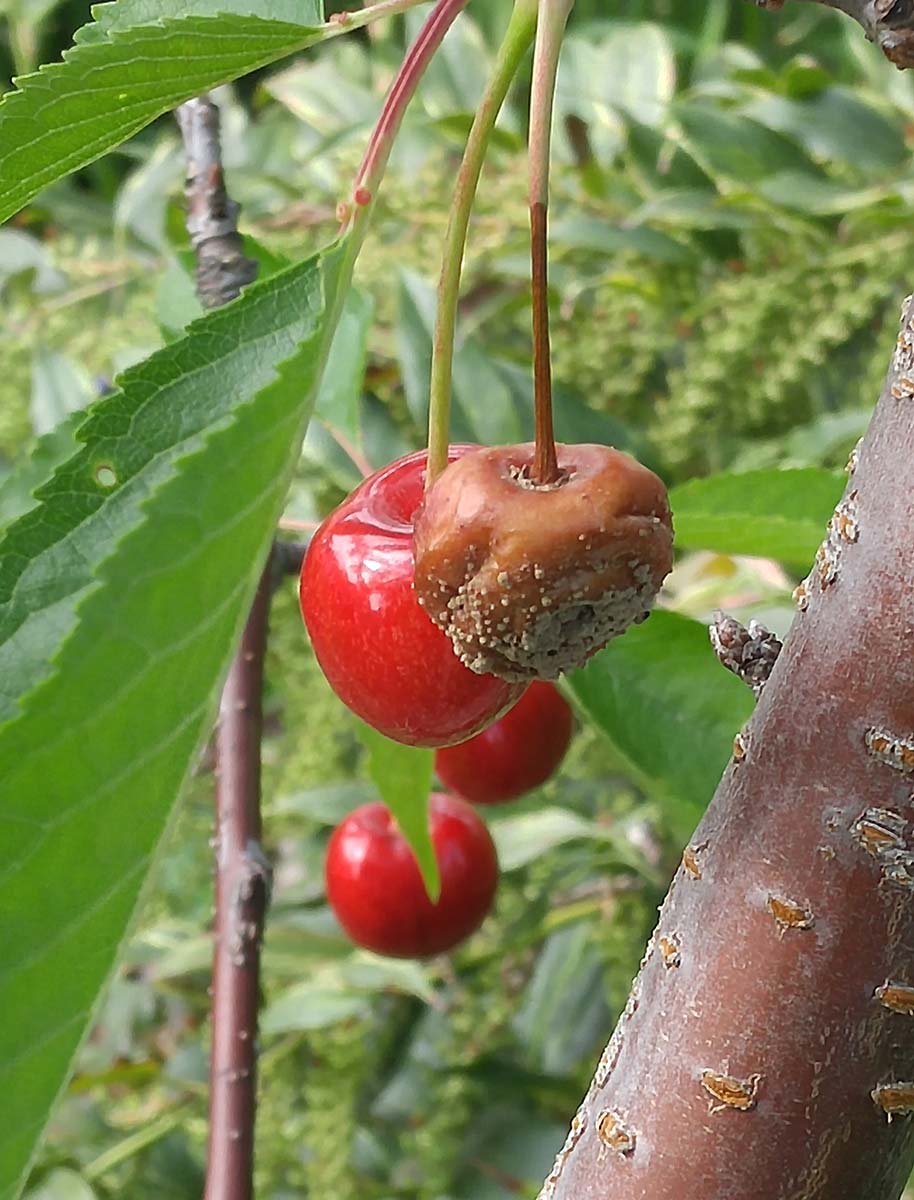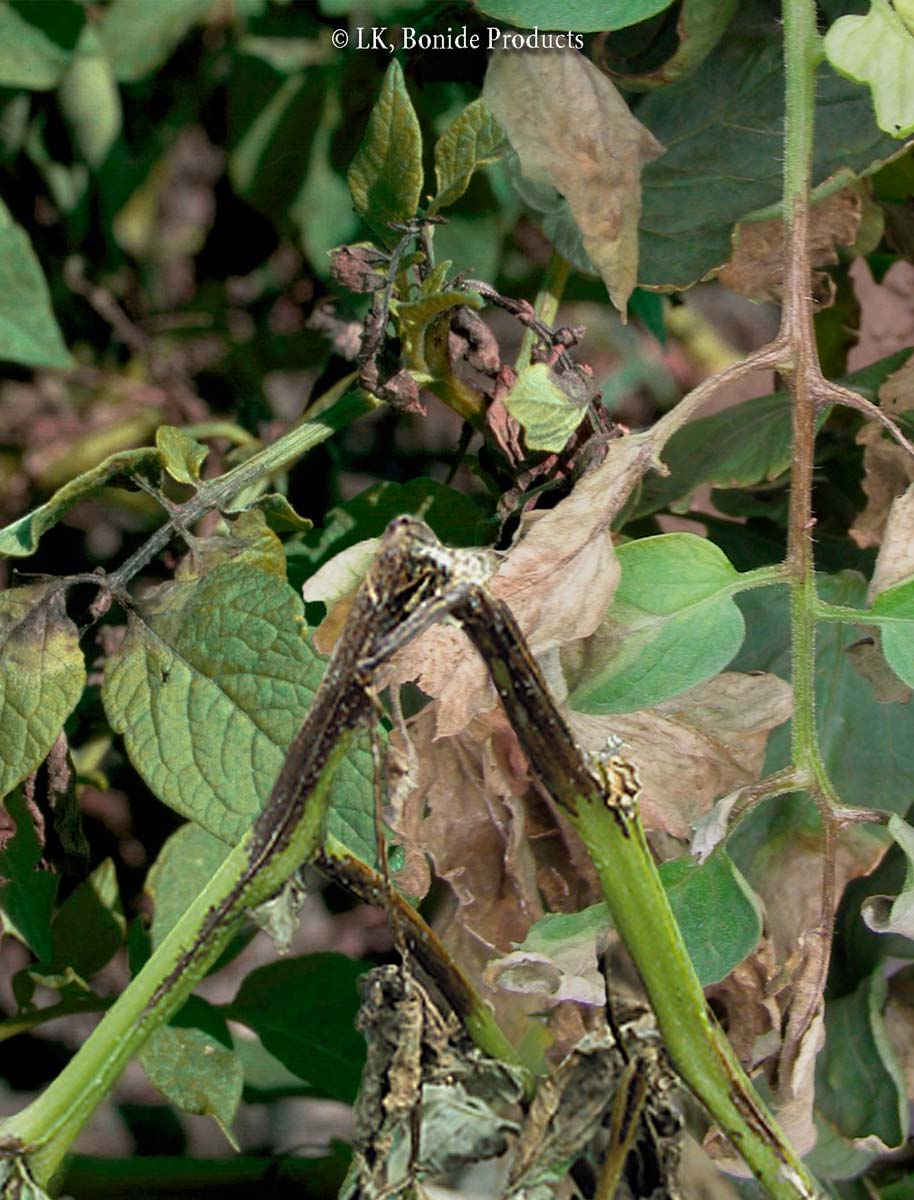Frog eye Leaf Spot
All are caused by all the same organism, Botryosphaeria obtuse, but the common names refer to the different stages of the disease. This disease can attack many kinds of trees and shrubs, not just apple trees, especially when wood is weak or dying. For example in grapes, it is known as dead arm. The Frog … Read more


